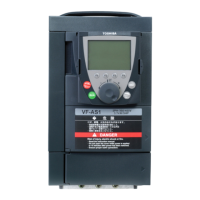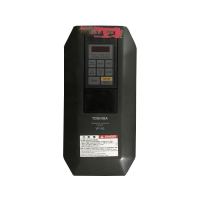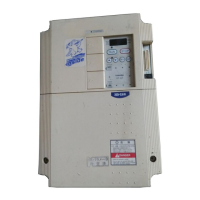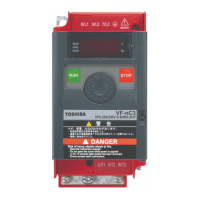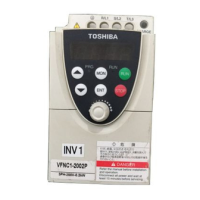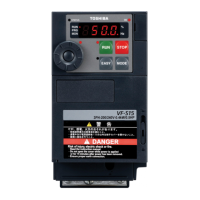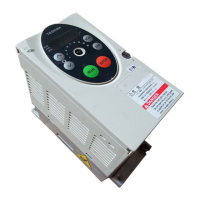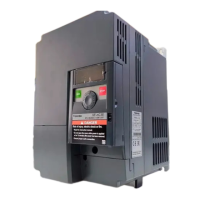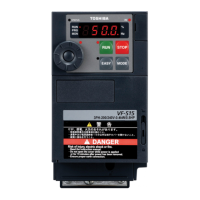E6582062
6. [Advanced] How to use parameters 6-92
4
4
6
9
5) Motor parameter setting method
<F402: Automatic torque boost>
This parameter adjusts the primary resistive component of the motor.
Increasing this value will prevent torque reduction due to voltage drop during low speed.
Adjust the value according to the actual operation. Keep in mind that setting a higher value
than necessary will increase current at low speed and may cause tripping.
If there is a motor test report, check the stator resistance value per phase.
<F402> (%) = (√3 x Rs x <F415> x 0.9) / (Vtype x 100)
where Rs is the stator resistance value per phase (Ω), Vtype is 200, 400 V (depends on voltage
class).
<F405: Motor rated capacity>
This parameter sets the motor rated capacity.
Check the motor name plate or test report while setting.
<F415: Motor rated current>
This parameter sets the motor rated current.
Check the motor name plate or test report while setting.
<F417: Motor rated speed>
This parameter sets the motor rated speed.
Check the motor name plate or test report while setting.
How to adjust the moment of inertia of the load
<F459: Load inertia ratio>
This parameter adjusts the excess response speed.
Increasing this value will reduce the overshoot at the acceleration/deceleration completion
point.
F461 Speed control
stabilization coefficient 1
0.50 - 2.50 - 1.00
F462 Speed reference filter
coefficient 1
0 - 100 - 35
F463 Speed control response
2
0.0 - 25.0 - 0.0
F464 Speed control
stabilization coefficient 2
0.50 - 2.50 - 1.00
F465 Speed reference filter
coefficient 2
0 - 100 - 35
F466 Speed control response
switching frequency
0.0 - FH Hz 0.0
F912 PM q-axis inductance 0.01 - 650.00 mH 10.00
F913 PM d-axis inductance 0.01 - 650.00 mH 10.00
*1 Depending on capacity. For details, refer to [11. 6].
*2 Depending on the setup menu. Refer to [5. 3. 10], [11. 10].
Title Parameter name Adjustment range Unit Default setting
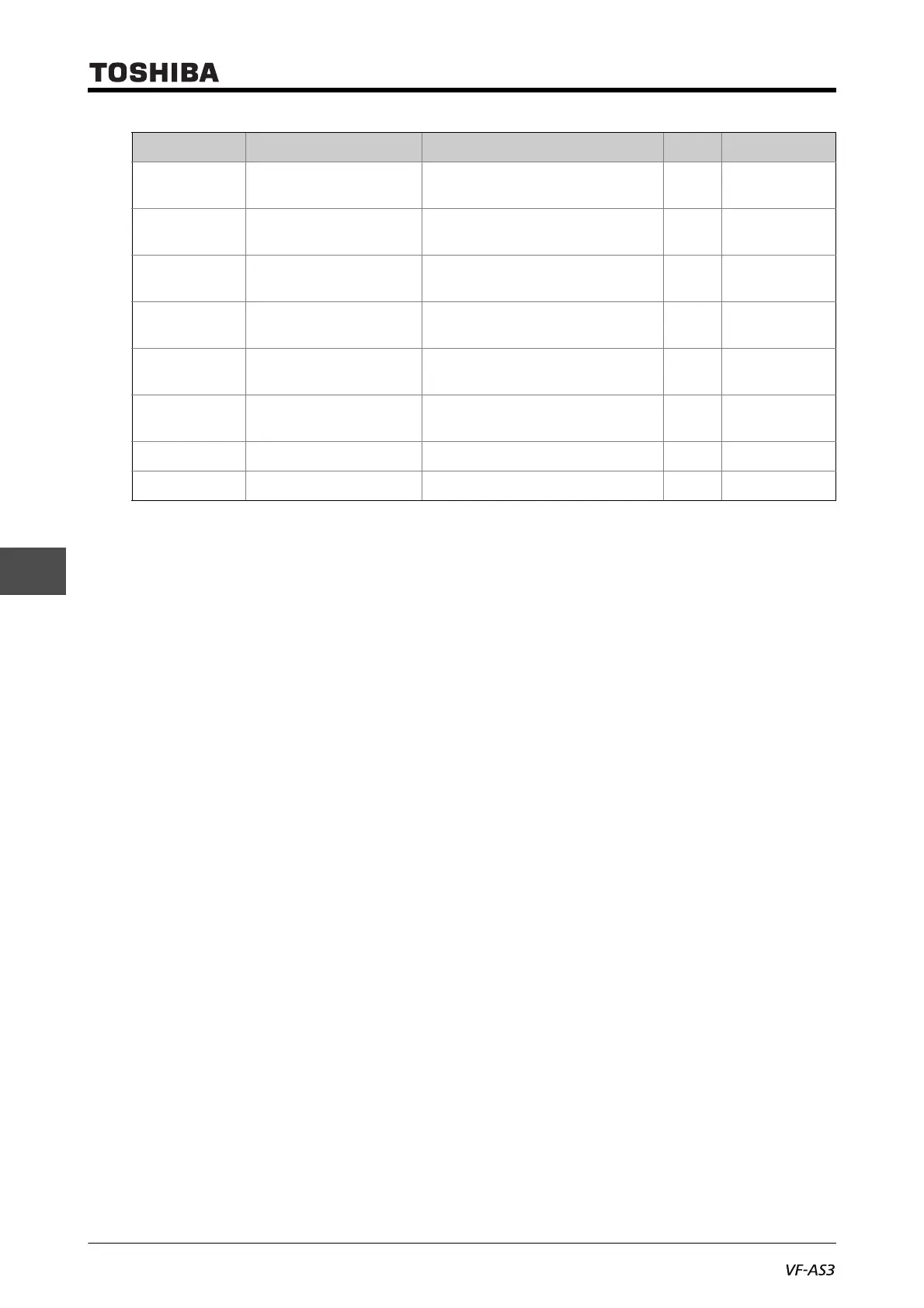